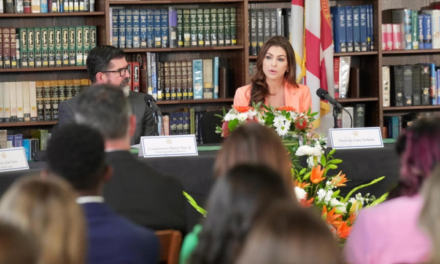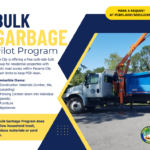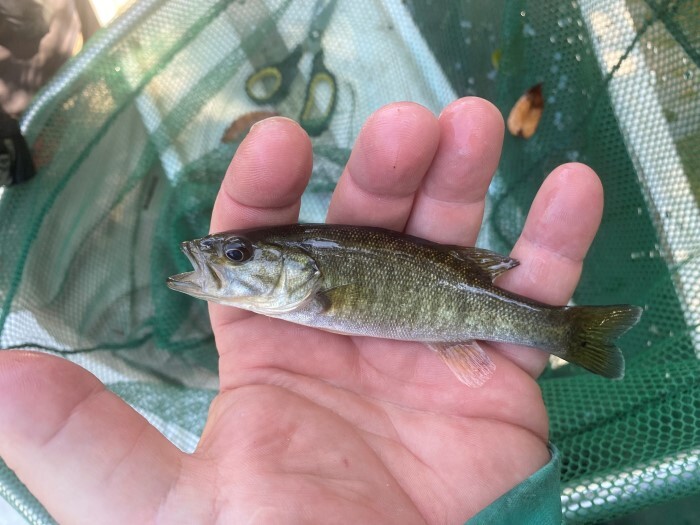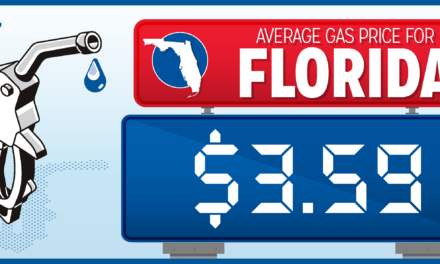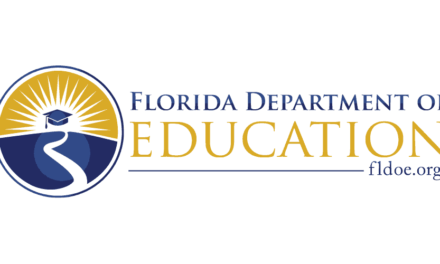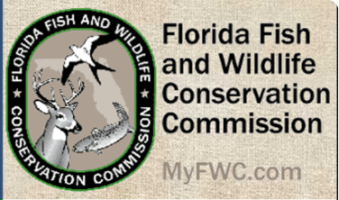
FWC’s Impactful Shoal Bass Conservation Efforts
Freshwater fisheries researchers and managers with the Florida Fish and Wildlife Conservation Commission (FWC) successfully released more than 11,000 shoal bass over the past two years.
In 2018, Hurricane Michael depleted more than 90% of the shoal bass population in the Chipola River. As a direct management action following the hurricane, the FWC passed an Executive Order that suspended harvest and possession of shoal bass. In 2019, FWC staff recommended this regulation be adopted into rule to support ongoing conservation efforts for this species. Currently, harvest and possession of shoal bass in the Chipola River and its tributaries remains prohibited.
Shoal bass are raised in Blackwater Fish Hatchery and released to help support the species population. This is the size of a shoal bass four months after it was released into the Chipola River.
FWC biologists released 3,300 shoal bass in May 2022 and, according to monitoring data, this made a significant impact to the existing population. Biologists sampled the Chipola River in September of 2022 to determine the contribution of stocking to the population. Through DNA analysis, they confirmed 65% of the yearlings sampled were from the hatchery stocking efforts. An additional 7,800 shoal bass were released this year in May, and they confirmed 63% of the yearlings were from the hatchery according to sampling completed in September 2023.
“The stockings over these past two years have certainly made an impact on the population; shoal bass that were stocked last year are already within the 9-10 inch range,” said Andy Strickland, freshwater fisheries biologist with FWC’s Fish and Wildlife Research Institute.
“I’ve worked in freshwater fisheries conservation for over 30 years and what I have learned is you are only as strong as your team,” said Chris Paxton, Regional Fisheries Administrator for FWC’s Northwest Region. “These conservation and management actions were achieved through multi-year cooperative teamwork between FWC’s Freshwater Fisheries Management, Blackwater Hatchery Research and Development Center, and Freshwater Fisheries Research. Working together, we were able to implement these actions for shoal bass.”
Shoal bass are one of four of Florida’s native black bass species and this effort marks the first time genetically pure shoal bass have been successfully raised in an FWC fish hatchery. Shoal bass are also a Florida Species of Greatest Conservation Need, which refers to native animals whose populations are of concern and are at risk or declining. The goal of raising and releasing these fish is to enhance the wild population of shoal bass to help maintain the population’s genetic purity and aid in the long-term conservation of this unique species of Florida black bass.
“It is extremely encouraging not only to successfully spawn this species in a hatchery setting but also to document the significant contribution the hatchery-reared fingerlings have made to the existing shoal bass population in the Chipola River to date,” saidBob DeMauro, Hatchery Manager at FWC’s Blackwater Research and Development Center.
FWC’s freshwater fisheries biologists will continue to monitor the Chipola River shoal bass population and evaluate the contribution of these stocking efforts to the adult population in years to come as these fish continue to grow.
The Chipola River is the only waterbody in Florida with a known naturally reproducing shoal bass population. This spring-fed river originates just north of Marianna, flowing south for 95 miles through Jackson, Calhoun and Gulf counties where it joins the Apalachicola River.
Angela Small
Radio Production Assistant

